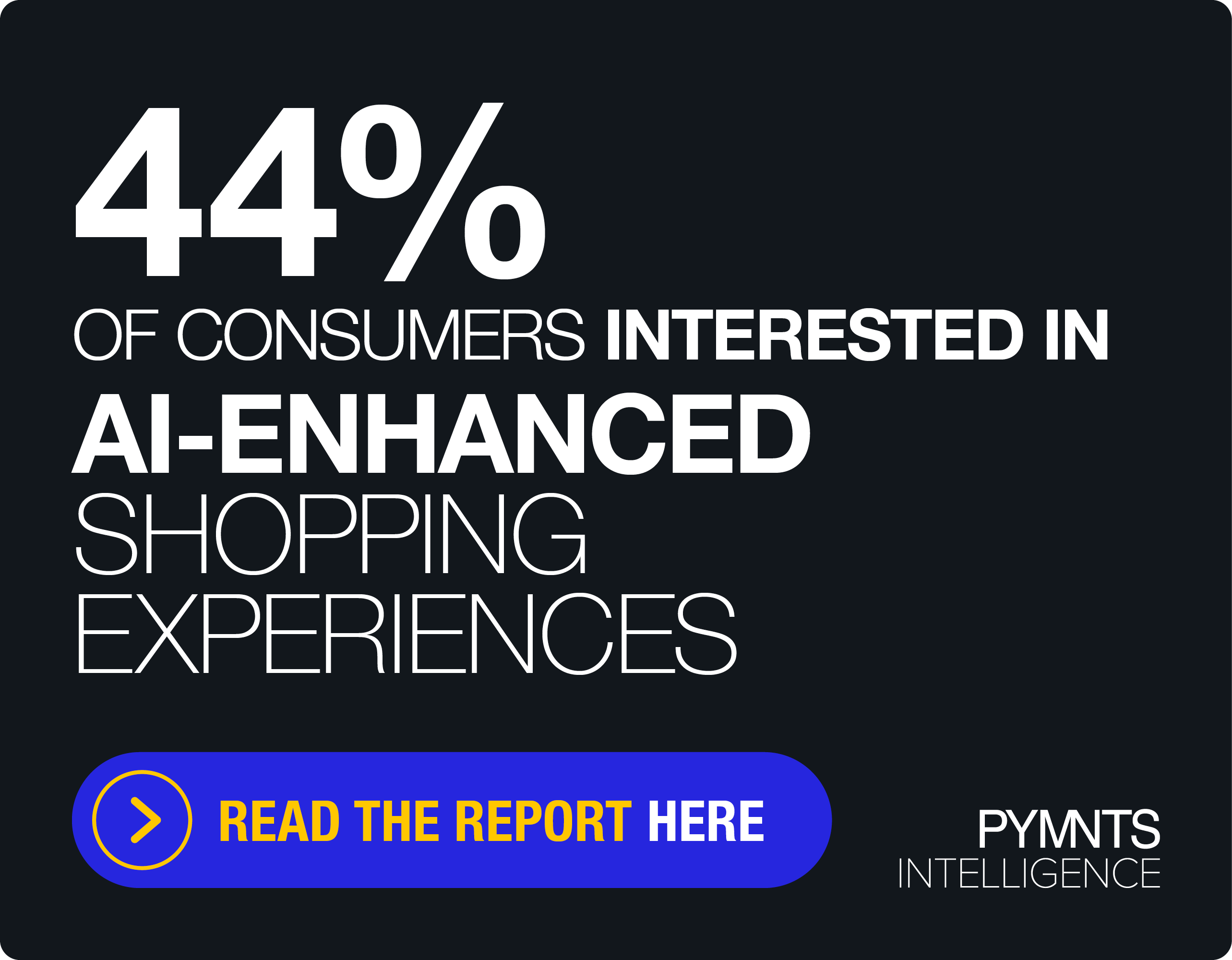Paidy CEO: Trust Is The Key To Advancing Japan’s Connected Economy
There is a tendency to associate cash-based consumers with developing economies and the world’s unbanked population.
The cash-based customer, conventional wisdom goes, isn’t using cash from desire but from necessity, and offered something better by the transformative power of technology to digitize their funds, they will willingly jump at it.
And while that pattern may hold true in much of the world, it doesn’t work all that well in describing Japan, where the vast majority of consumers have bank accounts in one of the world’s more developed and regulated banking systems and still show an overwhelming cultural preference for using cash to pay.
That preference, Paidy Founder and CEO Russell Cummer said in a conversation with Karen Webster, has meant eCommerce has developed comparably slowly in Japan compared to the rest of the world because there is so much friction, or what the Japanese call mendokusai, associated with eCommerce transactions. Consumers are either stuck waiting at home for a few hours so they can pay the delivery guy for their purchase, or they have to run out to a physical store to supply the cash and pay such that they can log back in, prove it, and actually finish their online transactions.
Either way, Cummer said, it’s a lot of unnecessary friction and harder than it has to be, and something Paidy is premised on fixing in the Japanese market. And not by asking consumers to do anything differently, he said, but by meeting them where they are with their cash payment preferences and providing a trusted path to making cash compatible with paying instantly online.
“We just see all of these other things that are super mendokusai, and we see an opportunity to either build something new to address it, or make an adaptation to our existing product that solves it,” he said.
A Bridge Into Digital That Isn’t A Bridge Too Far
Broken down most simply, Paidy provides an easily accessible digital payment method for Japanese customers that allows them to make a payment in one click via Paidy — and then travel to a convenience store or other physical location, present a QR code for quick scan and hand over the cash for that payment. They can pay it all in one lump sum or over the course of a few preset installments.
Paidy isn’t trying to hand Japanese customers a product that looks like a traditional credit product, he said, because what its customer base has made quite clear is that they don’t want a traditional credit product; they want an easier way to shop online without having to use one.
Moreover, Cummer said, as Paidy has grown to 5 million regular active users, its ambitions have expanded in terms of what it’s bringing to its customer base.
“We see that there’s a role for us to play, which is making people more and more comfortable with digital commerce activity by bringing things like subscriptions for digital goods and instant purchasing in terms of eCommerce and mobile commerce without having to jump into using a payment method that is kind of a bridge too far for some people,” Cummer said. “Because we’re letting consumers do exactly what they want.”
Consumers are managing their budgets and paying in cash the way they have strongly demonstrated they prefer, while Paidy facilitates a consolidation ladder that allows them to transact digitally and instantly in over half a million digital destinations.
Trusting Is The Secret To Developing Trust
Paidy aims to offer a different, and radically upgraded, commerce experience for its customers, but the firm was still something new when it first entered the market 12 years ago in a conservative commerce culture known for being hesitant about adopting new payment ideas. Webster wondered how Paidy won the trust of Japanese consumers.
Cummer said the answer is simple if a bit surprising. Paidy built trust by offering it to consumers. Getting a card account in Japan can be incredibly difficult, he noted, partially because of very strict know your customer (KYC) regulations under which Japanese banks operate, partially growing out of an attitude that trust can only be extended to those who have proved themselves worthy of it. Extensively.
Paidy, he said, asks only for a Japanese phone number from consumers, and then they are off and running, ready to make a purchase from the word go, more or less. Obviously, as a payment firm security is priority one, and all that ease of use on the front end requires a lot of smart security on the back end to keep fraudsters from attempting to take advantage of their trusting nature.
“For us, you don’t do anything,” he said. “We trust you. We do all of the hard work. We want to trust you, so we do. And then you start that relationship from trust, and people are delighted. Starting from trusting has been a huge differentiator, not only in terms of the consumer experience, but that relationship with the consumer and how it then goes over time.”
An Enhancement, Not A Disruption
The goal for Paidy isn’t to disrupt traditional finance in Japan — a fact that the number of banks on its board of investors gives line to. Paidy is grateful for the banks, the services and stability they provide and the financial services ecosystem they allow Paidy to exist in. He said the goal isn’t to disrupt the banks, but to augment what they can offer for consumers looking for a better, easier way to transact digitally.
“I don’t think we’re a disruptor,” Cummer said. “I think we’re a facilitator certainly for merchant partners, certainly for consumers. And if there’s a role that we can play in the ecosystem to take things forward and then inspire others to also make their consumer experiences better, I think that’s great. I would be extremely satisfied as a founder, if that was part of what we were doing.”
